Effective wildlife corridors in your garden combine native plants, layered vegetation, and permeable boundaries. Create pathways with varied heights of shrubs and trees to provide shelter and food sources. Install small fence gaps for hedgehogs and other mammals to travel between gardens. Add water features as migration hubs that attract diverse species. Consider seasonal wildlife movement patterns when planning your layout. These strategic elements transform even small spaces into essential links in nature’s network.
What Are Effective Wildlife Corridors For Gardens?
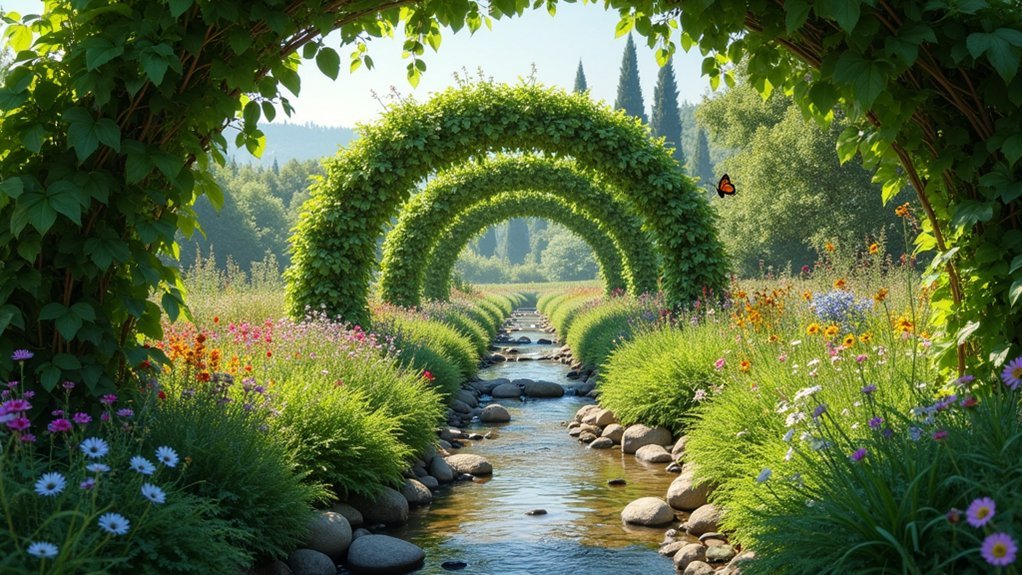
Why should your garden remain isolated when it can become an important link in nature’s network? Wildlife corridors in your backyard create essential pathways for local fauna to travel, feed, and shelter.
By incorporating native plants, you’ll provide familiar food sources and habitats that local species have evolved alongside for generations.
Creating effective wildlife corridors doesn’t require massive space. Consider planting layered hedges and shrubs that offer protection for birds and small mammals.
Leave gaps in fences to create “hedgehog highways” that connect your garden to neighboring green spaces. Grow climbing plants on walls for vertical wildlife habitats, and allow sections of your lawn to grow wild as safe zones for ground-dwelling creatures and important insects.
These simple measures transform your garden into a thriving ecosystem connection.
Understanding Wildlife Movement Patterns in Residential Landscapes
When observing your garden throughout different seasons, you’ll notice distinct wildlife movement patterns that can inform better corridor design. Wildlife populations utilize different areas based on food availability, shelter needs, and breeding behaviors. Understanding these movement patterns helps you position corridors effectively to maintain genetic diversity.
| Season | Movement Pattern | Wildlife Activity |
|---|---|---|
| Spring | Dawn/dusk activity | Breeding, nesting |
| Summer | Nocturnal movement | Foraging for young |
| Winter | Reduced but targeted | Seeking food caches |
Strategic Native Plant Selection for Corridor Enhancement

The foundation of any effective wildlife corridor lies in thoughtfully chosen native plants that support local ecosystems.
As habitat loss threatens biodiversity, your garden can become a vital link in neighborhood wildlife connectivity when you select regionally appropriate species.
Choose plants that offer multi-season resources:
- Continuous bloomers – Include early, mid, and late-season flowering natives to provide nectar and pollen throughout the growing season.
- Layered vegetation – Combine ground covers, shrubs, and trees to create diverse habitat niches that support various wildlife needs.
- Berry-producing natives – Plant species that offer nutritious fruits at different times, supporting birds and mammals year-round.
Creating Multi-Layered Vegetation Pathways
Creating multi-layered vegetation pathways maximizes your garden’s vertical space by combining trees, shrubs, and ground covers that serve wildlife at different heights.
You’ll enhance biodiversity when you arrange plants to bloom successively throughout seasons, providing continuous food sources for pollinators and other species.
Your layered approach can incorporate early spring bulbs, summer-flowering perennials, and fall-fruiting shrubs to support wildlife year-round.
Vertical Space Optimization
Beyond the traditional ground-level garden design, effective wildlife corridors rely heavily on utilizing vertical space through multi-layered vegetation.
By incorporating native trees and shrubs of varying heights, you’ll create diverse niches that wildlife can use for shelter, nesting, and food sources.
Maximize your garden’s vertical potential with these strategies:
- Install trellises and supports for climbing plants to provide additional cover for small mammals while attracting pollinators.
- Plant species with different blooming periods to guarantee year-round food availability for wildlife.
- Create multiple canopy layers from ground cover to tall trees, allowing species to navigate safely above potential predators.
This vertical approach not only increases biodiversity in limited space but also strengthens the effectiveness of your wildlife corridor by providing continuous habitat connectivity.
Seasonal Bloom Diversity
While single-season gardens offer temporary beauty, creating year-round blooming sequences dramatically enhances your wildlife corridor’s effectiveness. By incorporating plants that flower in different seasons, you’ll establish a continuous supply of nectar and pollen essential for pollinators.
| Season | Benefits | Plant Types | Wildlife Supported |
|---|---|---|---|
| Spring | Early food sources | Crocus, serviceberry | Emerging bees, butterflies |
| Summer | Peak biodiversity | Coneflower, milkweed | Hummingbirds, moths |
| Fall | Migration support | Goldenrod, aster | Migrating butterflies |
| Winter | Critical resources | Witch hazel, holly | Overwintering birds |
Your multi-layered vegetation should include groundcovers, shrubs, and trees that flower sequentially. This seasonal bloom diversity guarantees your garden remains a functioning wildlife corridor year-round, supporting ecosystem health with minimal maintenance when you select climate-appropriate native species.
Permeable Boundaries: Wildlife-Friendly Fencing Techniques

Traditional garden fences often create invisible barriers that fragment wildlife habitats, yet with thoughtful design, your boundaries can become wildlife corridors instead of obstacles.
Creating permeable boundaries allows animal populations to move freely between gardens, maintaining genetic diversity and access to resources.
Consider these wildlife-friendly fencing approaches:
- Create “hedgehog highways” by leaving 13cm gaps at ground level in your fence panels.
- Install wire mesh with larger openings at the bottom of your fence while maintaining security above.
- Plant climbing vegetation along fence lines to provide natural pathways for birds and insects.
Maintain these passageways regularly to guarantee they remain unobstructed.
Water Features as Migration Magnets and Corridor Hubs
As wildlife traverses your neighborhood, garden water features serve as significant waypoints that draw diverse species into your outdoor space.
These aquatic elements do more than beautify—they function as important corridor hubs connecting fragmented habitats, enabling amphibians, birds, and insects to move freely between areas.
Garden water features create vital wildlife pathways, bridging disconnected ecosystems for countless species.
You’ll maximize biodiversity by incorporating native aquatic plants around your pond or stream, creating natural nesting sites while providing food and shelter for local wildlife.
Include shallow edges in your water design to guarantee safe access for smaller creatures like frogs and beneficial insects.
Water features support essential pollinator activity too, as bees and butterflies visit for hydration needs.
Seasonal Considerations for Year-Round Wildlife Passage
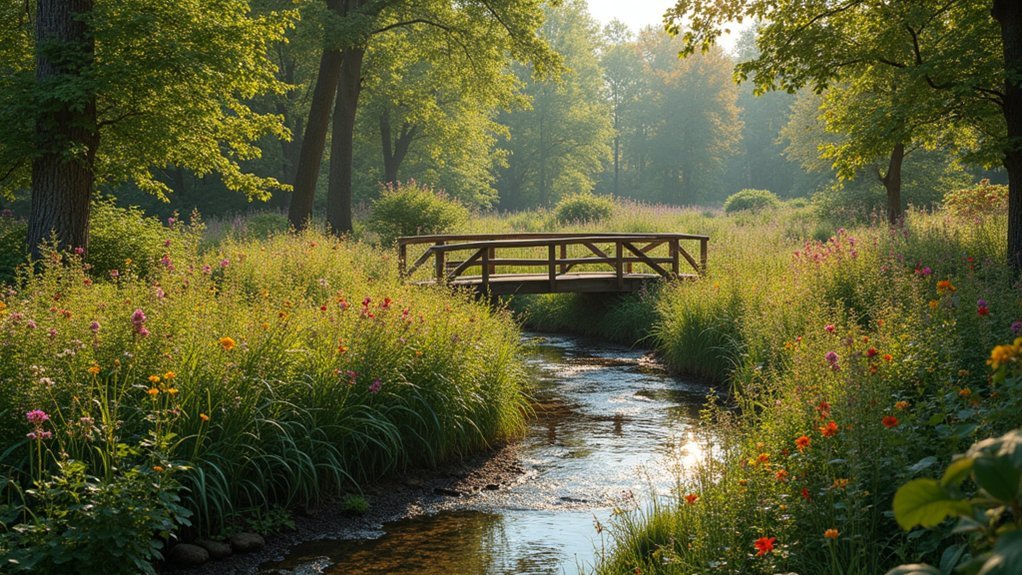
Successful wildlife corridors must adapt to nature’s shifting calendar if they’re going to serve creatures throughout the year.
Your garden passages need to accommodate the changing needs of animals and insects across seasons, from spring breeding to winter hibernation.
Create a corridor system that provides:
- Diverse native plantings that flower and fruit in different seasons, ensuring continuous food sources for wildlife
- Year-round water features that remain accessible even during dry periods, serving as critical hydration points
- Layered vegetation structures that offer thermal protection from summer heat and winter cold
Frequently Asked Questions
What Is an Example of a Wildlife Corridor?
You’ll find hedgerows as excellent wildlife corridor examples. They provide shelter and food for birds, insects, and small mammals, allowing them to move safely between habitats while avoiding predators and human activity.
How Effective Are Wildlife Corridors?
Wildlife corridors are highly effective. You’ll see increased biodiversity, better genetic diversity, and reduced wildlife mortality in your area. They’re especially powerful when you connect fragmented habitats with native plants and natural features.
What Are the Disadvantages of Wildlife Corridors?
You’ll find wildlife corridors can spread invasive species, transmit diseases between populations, be compromised by human development, suffer from poor design, and potentially increase human-wildlife conflicts in residential areas. They’re not always successful solutions.
How Do You Establish Wildlife Corridors?
To establish wildlife corridors, plant native trees and shrubs, create fence gaps for animal movement, add climbing plants, designate wild areas with native vegetation, and collaborate with neighbors to connect wildlife-friendly spaces in your community.
In Summary
When you create wildlife corridors in your garden, you’re building essential lifelines for local fauna. Start small with native plants and permeable fencing, then gradually expand with layered vegetation and water features. Remember that your garden doesn’t exist in isolation—it’s a significant link in your neighborhood’s ecological network. By maintaining these pathways year-round, you’ll support biodiversity right outside your door.
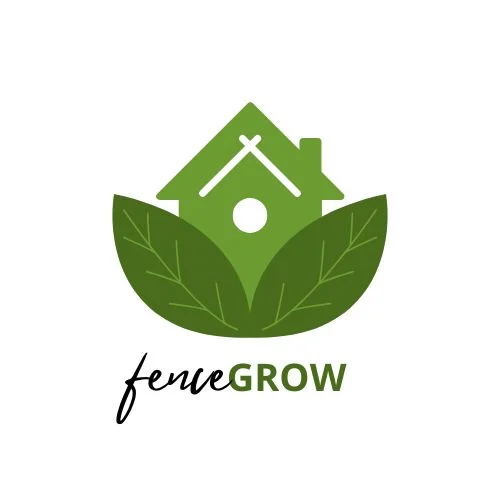
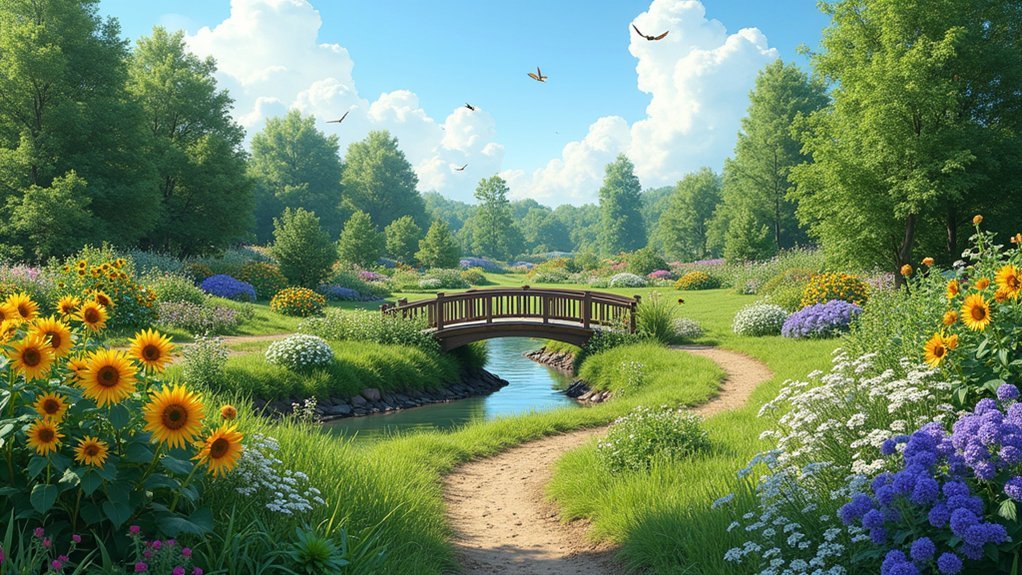

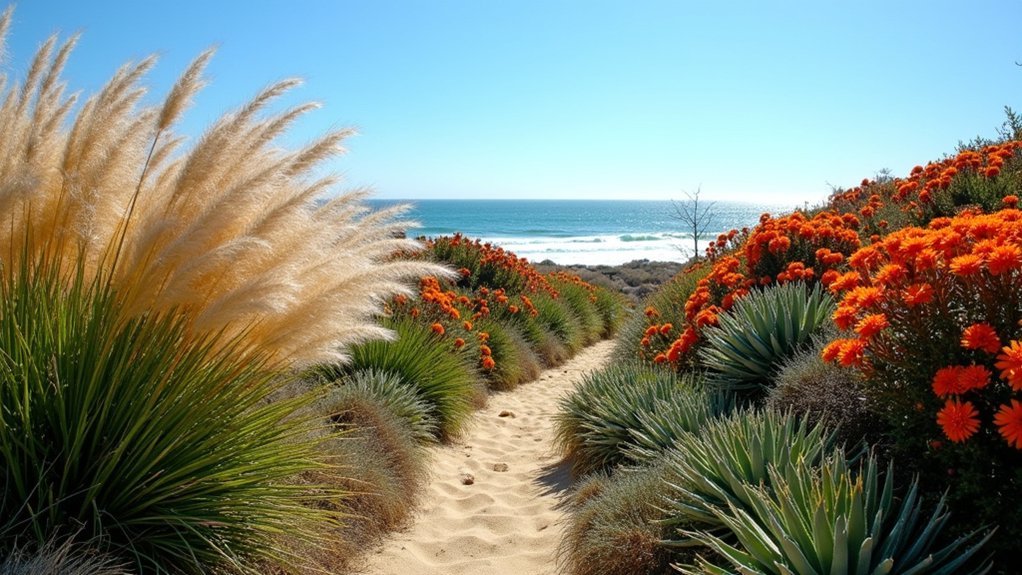
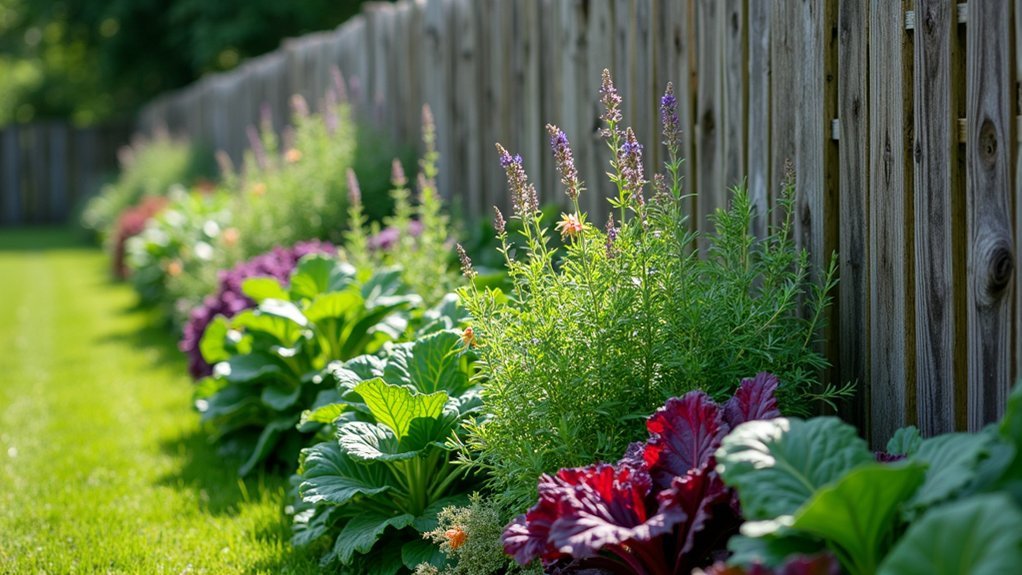
Leave a Reply